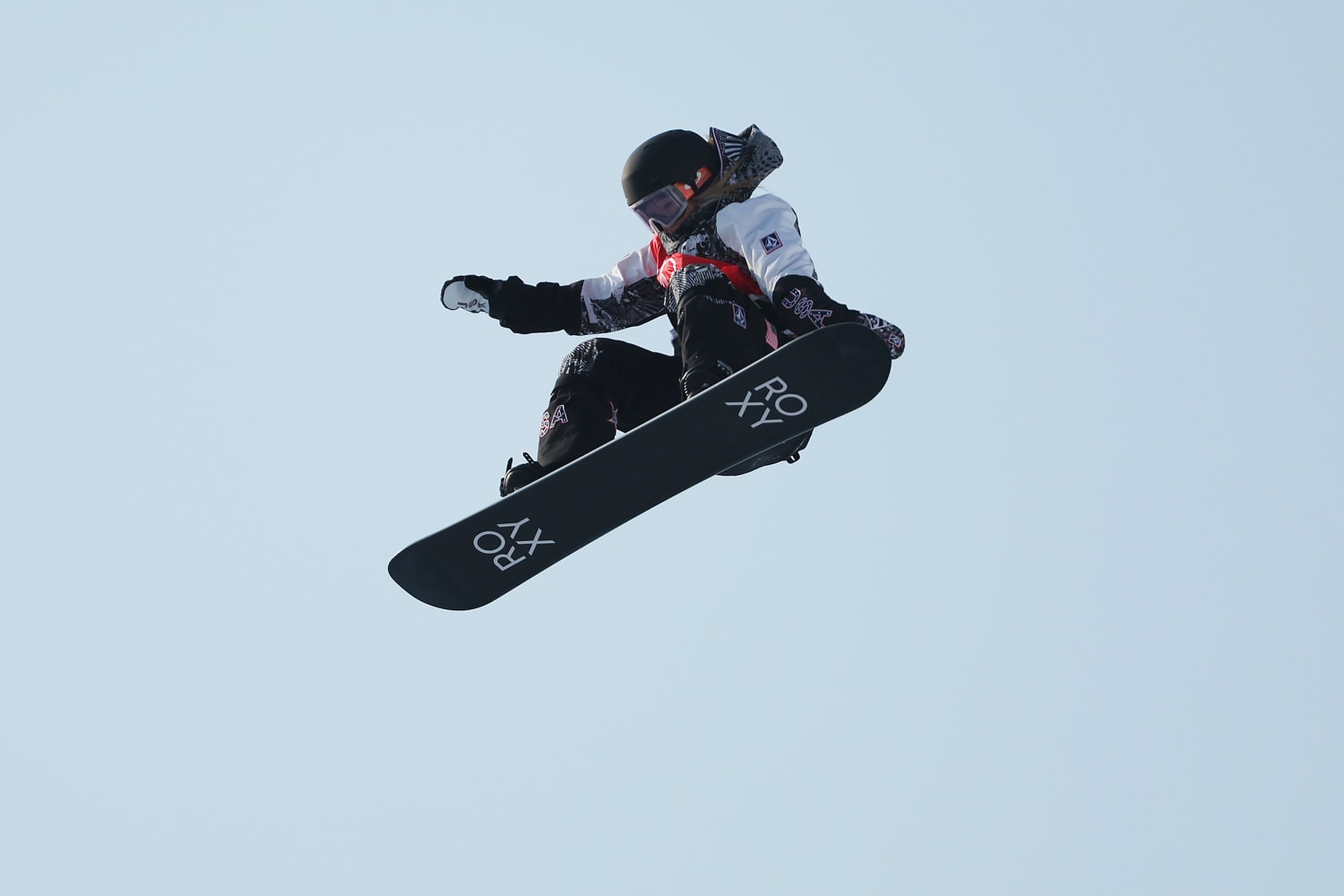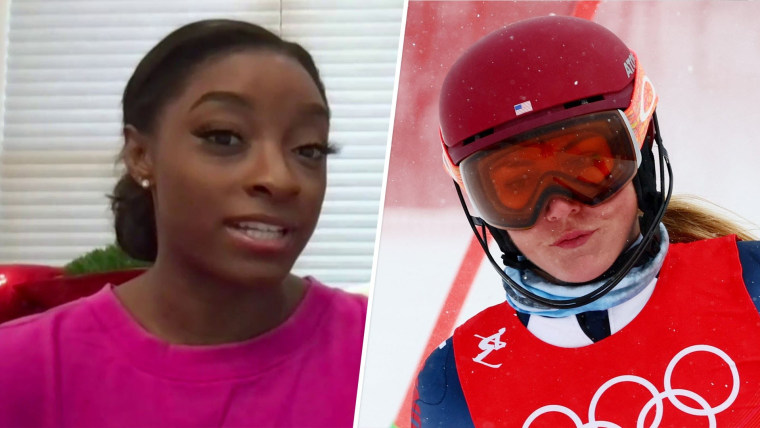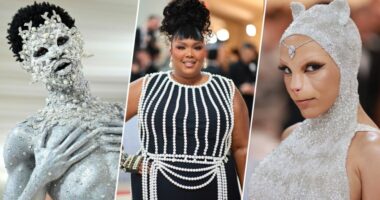During the summer of 1988, I obsessively watched the Olympic Games in Seoul, South Korea. My attention was mainly on the women competitors, like Jackie Joyner-Kersee and Florence Griffith Joyner, both multiple gold-medal-winning track athletes. I was a young sporty girl of 12, and the Olympics was the biggest chance to actually see female athletes competing on TV.
This year, a record number — 45 percent — of athletes at the Winter Olympics are women. This is a remarkable increase from the 1972 Games, the year Title IX legislation was passed in the U.S. requiring gender equity in school-based sport programs. In that year, women comprised just 14.6 percent of Olympians. There are now more opportunities, if you look for them, to watch women’s sports on TV or streaming platforms than ever before. But the Olympics still stand out as the event most likely to feature women competing on prime time TV.
That’s not just an important achievement for the American women who are competing in Beijing right now like snowboarder Chloe Kim, speedskater Erin Jackson and alpine skier Mikaela Shiffrin. It’s also important for their viewers, especially young ones.
Much of what girls and young women see in the media represent unhealthy and narrow standards for beauty — for example, overly thin and toned female bodies that are generally unattainable without strict dieting and excessive exercise. When girls and women compare themselves to these images, we generally come away feeling poorly about our own body. Partly as a result, body dissatisfaction is widespread among women, and it’s considered to be a normal part of girls’ development for them to feel dissatisfied with their body. Boys and men can also experience body dissatisfaction, but it is less common.
I have spent much of my academic career studying how adolescent girls are affected by media images of female athletes, and I have found that media images of female athletes, like Olympian Chloe Kim soaring out of the halfpipe on her snowboard to claim gold, can be a counterweight to girls feeling badly about their bodies.
In my research, I present girls with media images of female athletes depicted in one of three ways — in their uniform competing; as attractive and sexy women posed like models; or as normal women in regular, unathletic clothing (these last images are the control group). I then ask girls to describe themselves.
The girls who see images of athletes competing describe their own physical skills and abilities more often than girls who see images of athletes as models or the control images. For example, one 14-year-old girl described herself as “powerful, able, strong, tough, a great dancer, energetic.” In contrast, when girls see female athletes as models, they tend to focus on their own appearance and describe themselves negatively. For example, one 15-year-old girl described herself as “I am big, fat, obese, chunky, large, wide, huge.” My research findings are clear: Girls feel better about their own body after seeing images of female athletes competing.
Furthermore, action images of female athletes can inspire girls more broadly. For example, after seeing a photo of Mia Hamm playing soccer, one 15-year-old girl commented: “In this photo, Mia Hamm runs her heart out for the love of one game. Although I’m not a soccer player, this gives me a sense of determination to achieve my goal even if it doesn’t involve a soccer ball. This photo represents [women] who are strong.”
These images can also spark reflections on gender stereotypes. One 14-year-old girl commented, “This picture makes me think women can do sports. Some people say that girls are bad at sports … but I think that this shows that girls can be good at many things. This picture also breaks away from the idea of girls being housewives.”
Even though media images of female athletes can elicit positive body and broader perceptions in female viewers, negative body image is so pervasive among American women that elite female athletes themselves are not immune, and may even be vulnerable to eating disorders. For example, U.S. Olympic cross-country skier, Jessie Diggins battled with bulimia as a high school athlete. Since then, she has become the most decorated U.S. cross-country skier ever, winning an Olympic gold medal in 2018 and a bronze medal in 2022 as well as four world championship medals. Last year, Diggins also became the first American woman to win cross-county’s overall World Cup title. She now speaks publicly about her history of having an eating disorder to raise awareness about this issue.
However, the Olympics themselves are an opportunity to discuss mental health and well-being, including body image. I hope that having watched female athletes compete over the course of the Olympics will prompt girls and women to think about the physical activities — whatever they may be — that bring them joy, and to think about what their body can do rather than simply what it looks like. We need many more opportunities for girls to build positive feelings about their bodies and themselves in general, not just at an international sporting event like the Olympics that only rolls around every few years.
Source: | This article originally belongs to Nbcnews.com










